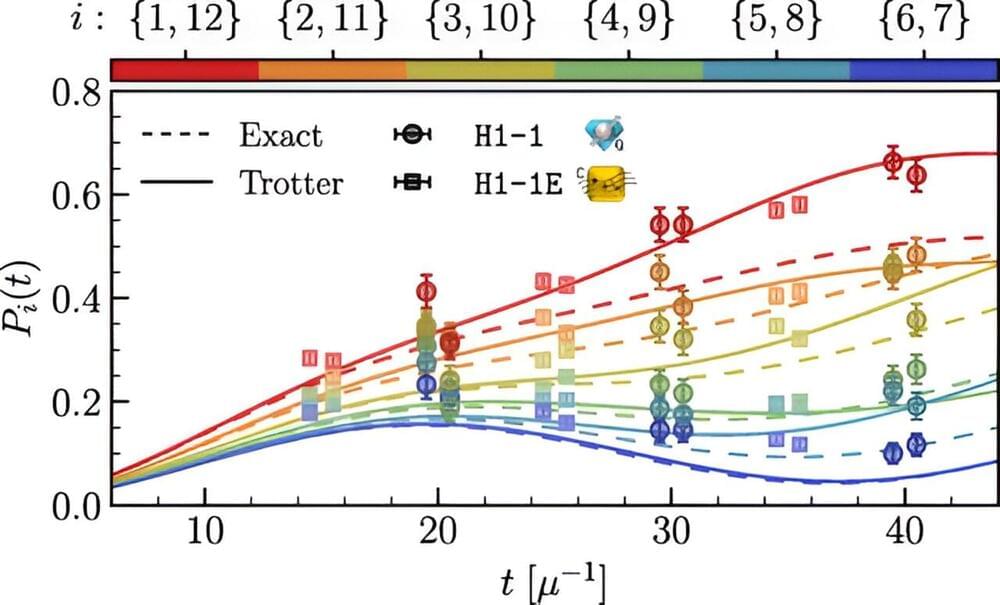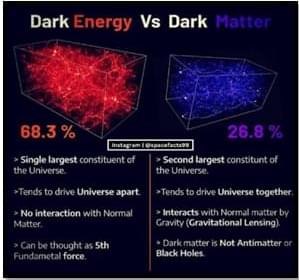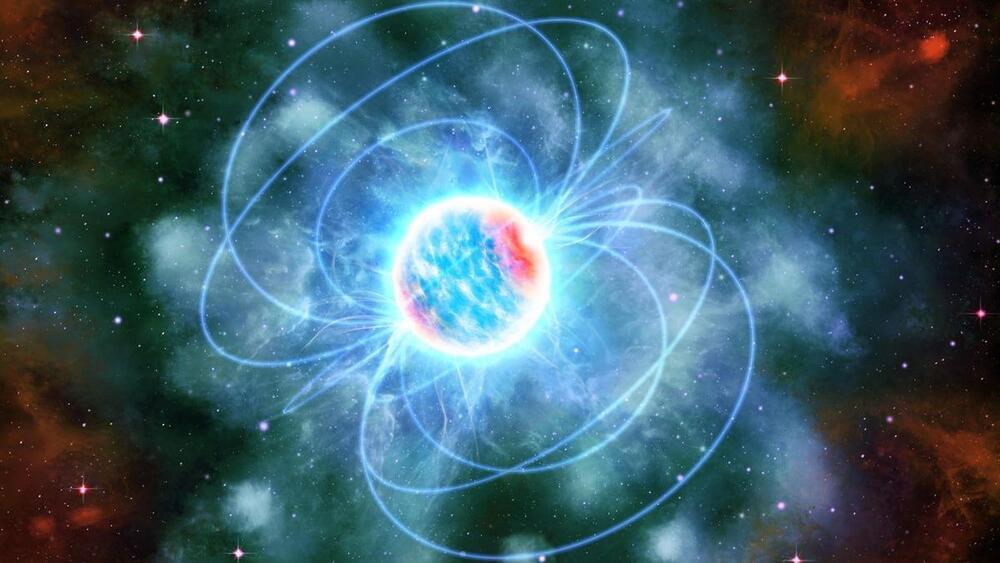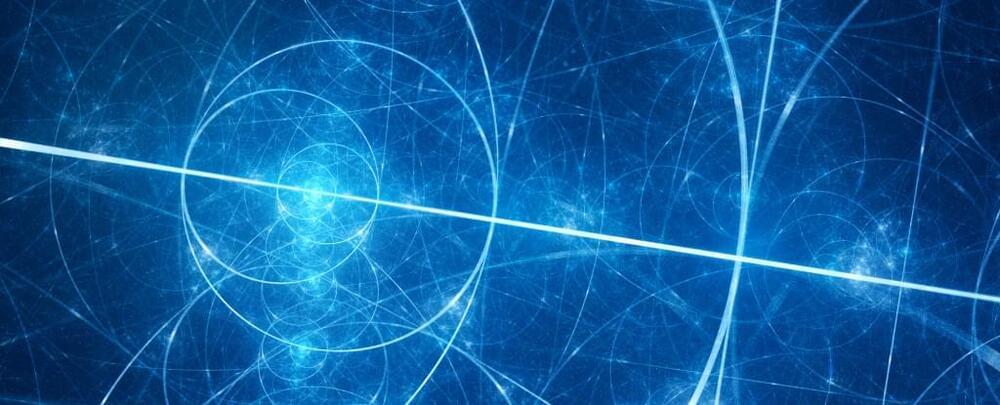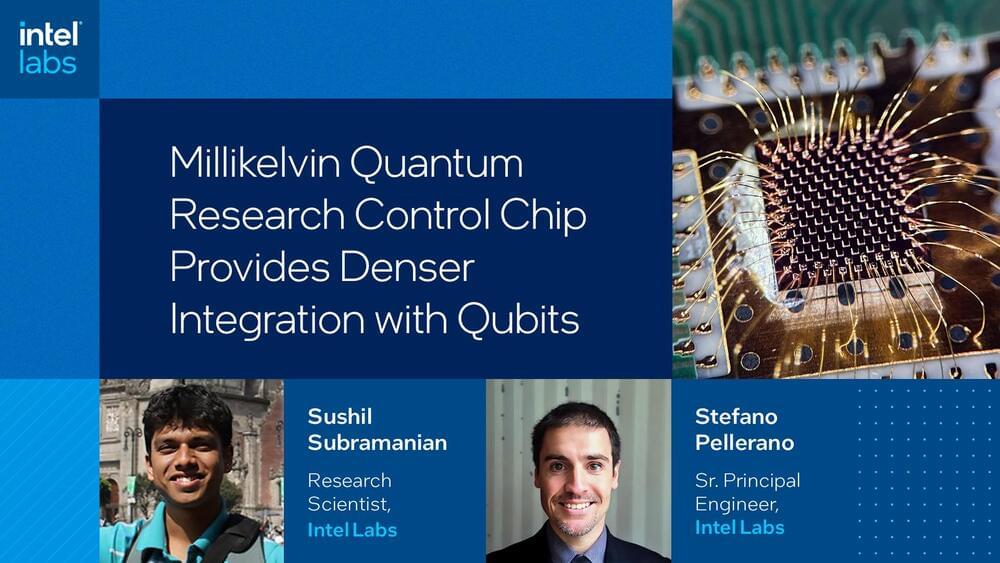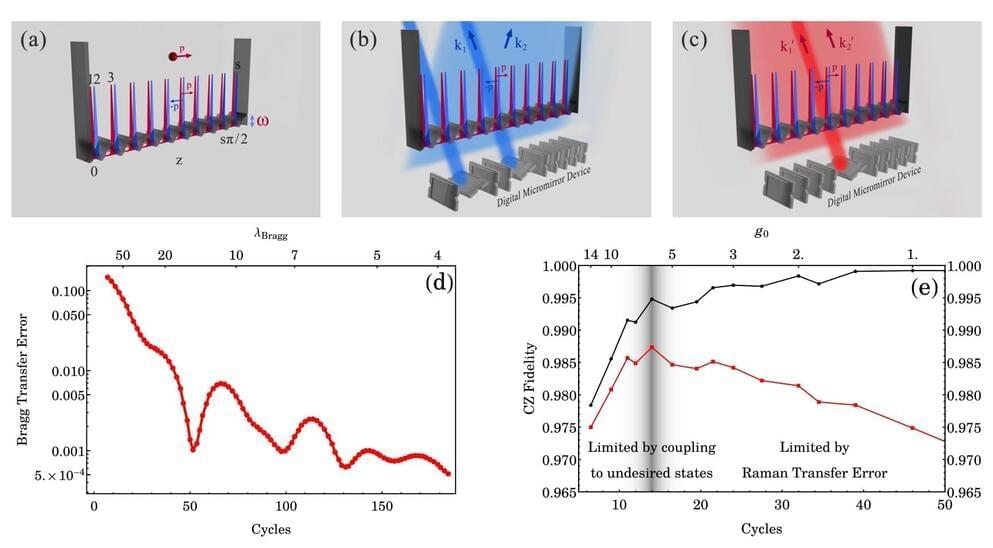Jun 24, 2024
Untangling the entangled: Quantum study shines fresh light on how neutrinos fuel supernovae
Posted by Paul Battista in categories: cosmology, particle physics, quantum physics, supercomputing
“At this point, the neutrinos go from passive particles—almost bystanders—to major elements that help drive the collapse,” Savage said. “Supernovae are interesting for a variety of reasons, including as sites that produce heavy elements such as gold and iron. If we can better understand neutrinos and their role in the star’s collapse, then we can better determine and predict the rate of events such as a supernova.”
Scientists seldom observe a supernova close-up, but researchers have used classical supercomputers such as ORNL’s Summit to model aspects of the process. Those tools alone wouldn’t be enough to capture the quantum nature of neutrinos.
“These neutrinos are entangled, which means they’re interacting not just with their surroundings and not just with other neutrinos but with themselves,” Savage said.
